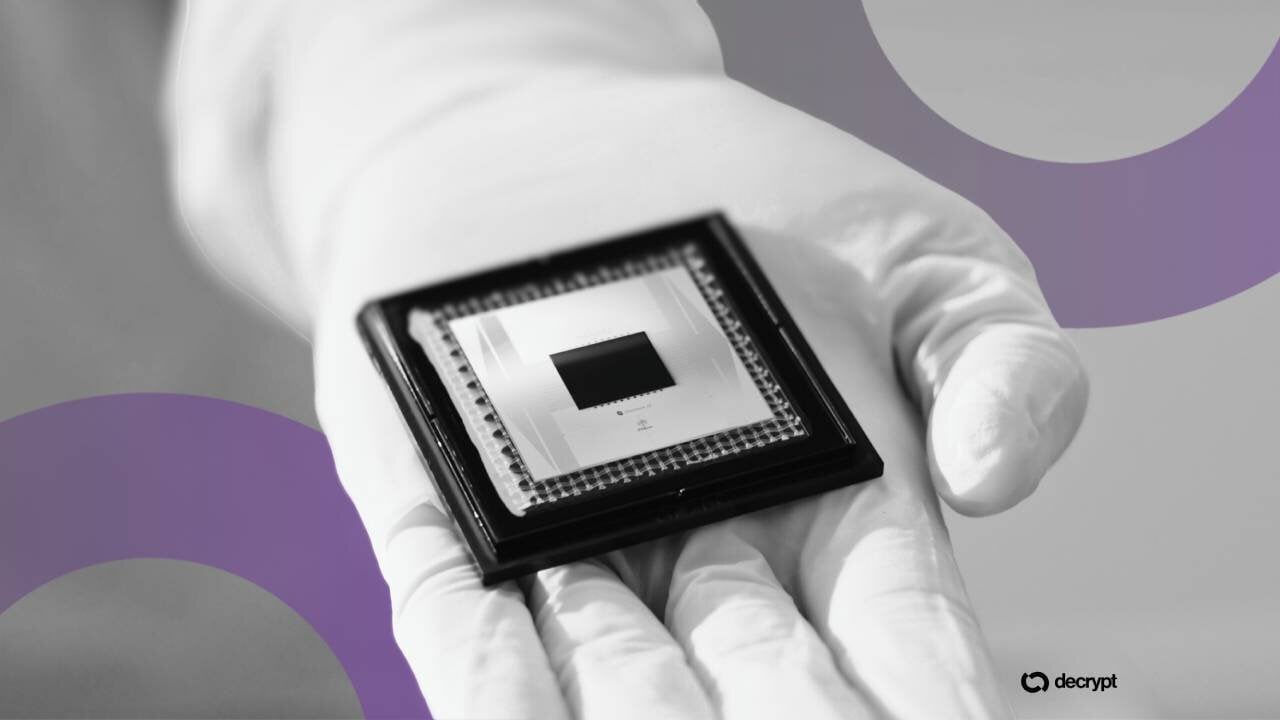JPYC Launches Japan’s First Yen-Denominated Stablecoin to Drive Digital Payment Growth

Highlights:
- Japan’s JPYC Inc. launches yen-based stablecoin to modernize payments and strengthen its position in digital finance.
- Analysts predict JPYC will accelerate Japan’s transition toward a fully digital economic ecosystem.
- The stablecoin seeks to enhance transaction efficiency and support blockchain-based business growth.
On October 27, Japanese fintech firm JPYC Inc. officially announced the launch of the country’s first stablecoin pegged to the Japanese yen, JPYC. It marks a small but meaningful step in a country where most consumers still rely on traditional payment methods such as cash and credit cards. The rollout follows approval from Japan’s Financial Services Agency. Growing institutional interest also signals a shift in the country’s long-standing cash-based economy.
JPYC is fully backed by yen deposits and Japanese government bonds. It complies with Japan’s Payment Services Act and maintains 100% reserves. The stablecoin is pegged 1:1 to the Japanese yen and operates on major blockchains such as Ethereum, Avalanche, and Polygon. CEO Noritaka Okabe said the company wants to support innovation by offering startups lower transaction and settlement costs. He added that better global connectivity could help everyone and that the company is open to new partnerships.
User Access and Growth Targets
The company said users can buy JPYC on the JPYC EX platform after verifying their identity with the My Number card, Japan’s national ID. JPYC Inc. plans to reach 10 trillion yen ($65.4 billion) in circulation within three years. It also aims to add more blockchains and partner with more businesses. For comparison, USDT, the largest stablecoin, has about $183.2 billion in supply.
Several Japanese firms plan to integrate JPYC into their operations, the company confirmed. Fintech developer Densan System is creating payment systems for retail and e-commerce platforms featuring JPYC. Meanwhile, Asteria will add JPYC support to its enterprise data integration software, used by more than 10,000 businesses. Additionally, crypto wallet provider HashPort plans to enable JPYC transactions on its platform.
With its launch, JPYC becomes the first major stablecoin not tied to the U.S. dollar but backed by a strong economy. This move may change how money flows across Asia. Like U.S. stablecoins that increased Treasury demand, Japan’s version could boost JGB demand and add diversity to the market. The global stablecoin market is now over $286 billion, with nearly all linked to the dollar.
Digital Payment Shift in Japan
Japan’s use of digital payments has grown, which shows a big shift from cash to electronic payments. JPYC aims to speed up this growth by offering a simple and low-cost digital option. The company will waive transaction fees at first and earn from interest on Japanese government bond holdings. Meanwhile, Japan’s three major banks, Sumitomo Mitsui, Mitsubishi UFJ, and Mizuho, plan to launch a joint yen-based stablecoin system on October 31 for corporate settlements through MUFG’s Progmat platform.
Bank of Japan Deputy Governor Ryozo Himino recently said that stablecoins could become an important part of the global payment system and may partly replace traditional bank deposits. Experts believe yen-backed tokens could grow in use over the next two to three years. They may also play a role in areas like decentralized finance, tokenized assets, and cross-border payments.
eToro Platform
Best Crypto Exchange
- Over 90 top cryptos to trade
- Regulated by top-tier entities
- User-friendly trading app
- 30+ million users
eToro is a multi-asset investment platform. The value of your investments may go up or down. Your capital is at risk. Don’t invest unless you’re prepared to lose all the money you invest. This is a high-risk investment, and you should not expect to be protected if something goes wrong.
You May Also Like

Ethereum Set to Debut ‘Key to Layer-2 Scaling’ as Fusaka Upgrade Clears Final Test

IBM’s Quantum ‘Cat’ Roars: 120-Qubit Breakthrough Pushes Bitcoin’s Encryption Risk Closer
